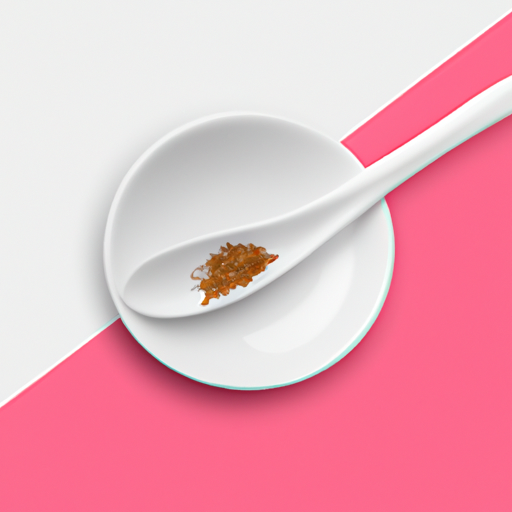Understanding Over Excessive Sweating
Suffering from over excessive sweating can be an incredibly frustrating and often embarrassing experience.
Imagine you’re in a meeting, and suddenly you feel sweat trickling down your forehead, or worse, your palms are drenched as you go to shake hands with a colleague.
For many, this is more than just an occasional inconvenience; it’s a daily struggle.
But what exactly causes this condition?
And more importantly, what can you do about it?
Let’s dive into the world of over excessive sweating and explore its causes, symptoms, and treatments.
What Is Over Excessive Sweating?
Over excessive sweating, also known as hyperhidrosis, is when your body produces more sweat than is necessary to regulate your temperature.
This isn’t just about sweating a lot after a gym session or on a hot summer day; we’re talking about profuse sweating that occurs regardless of the weather or physical activity level.
You might find yourself thinking, “I sweat too much,” even while sitting in an air-conditioned room.
Hyperhidrosis can affect various parts of the body but commonly targets the palms (palmar hyperhidrosis), feet (plantar hyperhidrosis), underarms (axillary hyperhidrosis), and face.
The Daily Struggles Of Hyperhidrosis
People who suffer from over excessive sweating understand that it’s not just physical discomfort they’re dealing with; it’s also the emotional impact.
Imagine avoiding handshakes because you’re worried about your sweaty palms or constantly changing clothes throughout the day due to underarm stains.
These situations can cause immense anxiety and social withdrawal.
The need to stop sweating becomes an obsession for many suffering from this condition.
But managing hyperhidrosis starts with understanding its root causes.
What Causes Over Excessive Sweating?
The exact cause of hyperhidrosis remains somewhat elusive but is often categorized into two types:
Primary Focal Hyperhidrosis: This type usually starts during childhood or adolescence and affects specific areas like hands, feet, underarms, or face. It’s thought to be genetically linked but without any underlying medical cause.
Secondary Generalized Hyperhidrosis: Unlike primary hyperhidrosis, secondary generalized hyperhidrosis usually starts in adulthood and results from an underlying medical condition such as diabetes, menopause, thyroid problems or even side effects of medications. This type affects larger areas of the body rather than localized regions.
Understanding which type of hyperhidrosis you have is crucial for determining the best treatment plan.
The Role Of The Nervous System
Your nervous system plays a significant role in how much you sweat. For those who suffer from primary focal hyperhidrosis, it’s often due to overactive sweat glands triggered by overstimulation from nerves responsible for perspiration control.
In simpler terms: Your brain signals your body to cool down by sweating—sometimes unnecessarily so!
This miscommunication between nerves and sweat glands leads to episodes of profuse sweating at inconvenient times.
Treatment Options For Over Excessive Sweating
When looking for treatment for excessive sweating, there are several options available ranging from lifestyle changes to medical interventions:
Lifestyle And Home Remedies
Simple adjustments can sometimes help manage symptoms:
– Use antiperspirants: These products block sweat glands temporarily.
– Wear breathable fabrics: Natural fibers like cotton allow air circulation.
– Stay hydrated: Drinking water helps regulate body temperature.
– Avoid spicy foods: Certain foods may trigger excess perspiration.
However effective these strategies might be they only provide temporary relief rather than addressing underlying issues directly,
Medical Treatments And Interventions
For persistent cases where lifestyle changes aren’t enough consider discussing these options with healthcare professionals:
– Prescription antiperspirants: Stronger than over-the-counter versions containing higher concentrations of active ingredients.
– Medications: Oral medications designed specifically for reducing overall perspiration levels may be prescribed by doctors,
Botox injections: Approved by FDA specifically targeting areas affected by focal forms providing dramatic reduction,
Iontophoresis therapy: Uses electrical currents through water baths effectively treating palmar & plantar forms,
Endoscopic thoracic sympathectomy (ETS): Surgical procedure reserved severe cases cutting nerve supply responsible regulating gland activity permanently stopping signals reaching them thereby reducing output significantly
Each option comes its own set pros cons should discussed thoroughly ensure best fit individual circumstances,
Embracing A Sweat-Free Future
Living life unburdened by constant worry about when where next bout hit truly liberating experience those who’ve endured years embarrassment frustration associated condition know all too well how impactful right solution proving themselves others around them finally free embrace opportunities without hesitation fear judgement
Finding effective over-sweating treatment requires patience persistence journey unique every person ultimately worth pursuit resulting newfound confidence improved quality life,
If ever find yourself thinking “I sweat too much” remember aren’t alone answers available just reach away medical guidance support network friends loved ones ready help navigate path towards healthier happier future together

